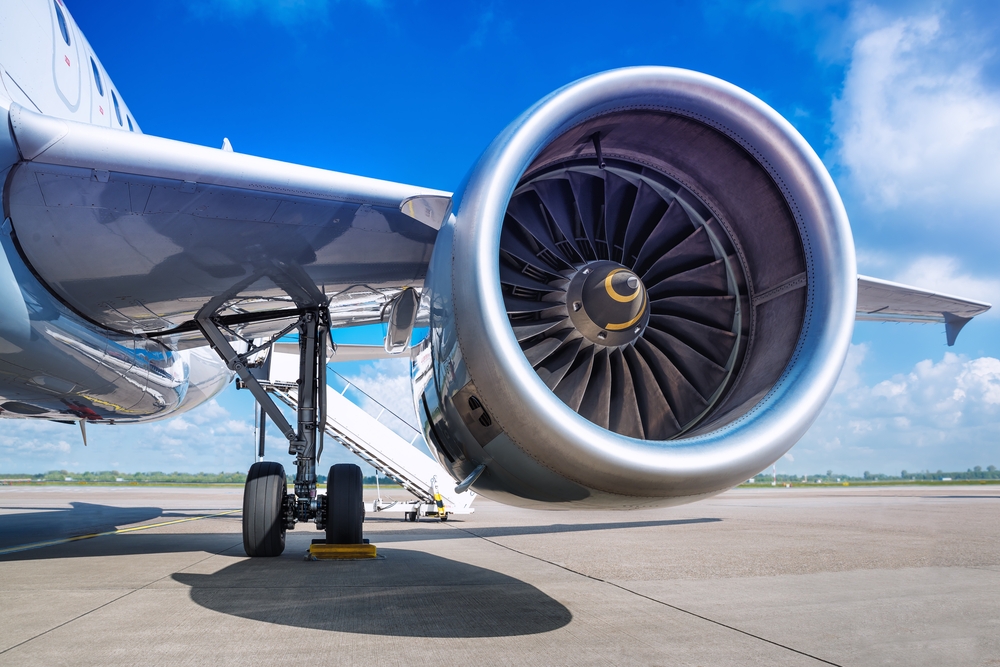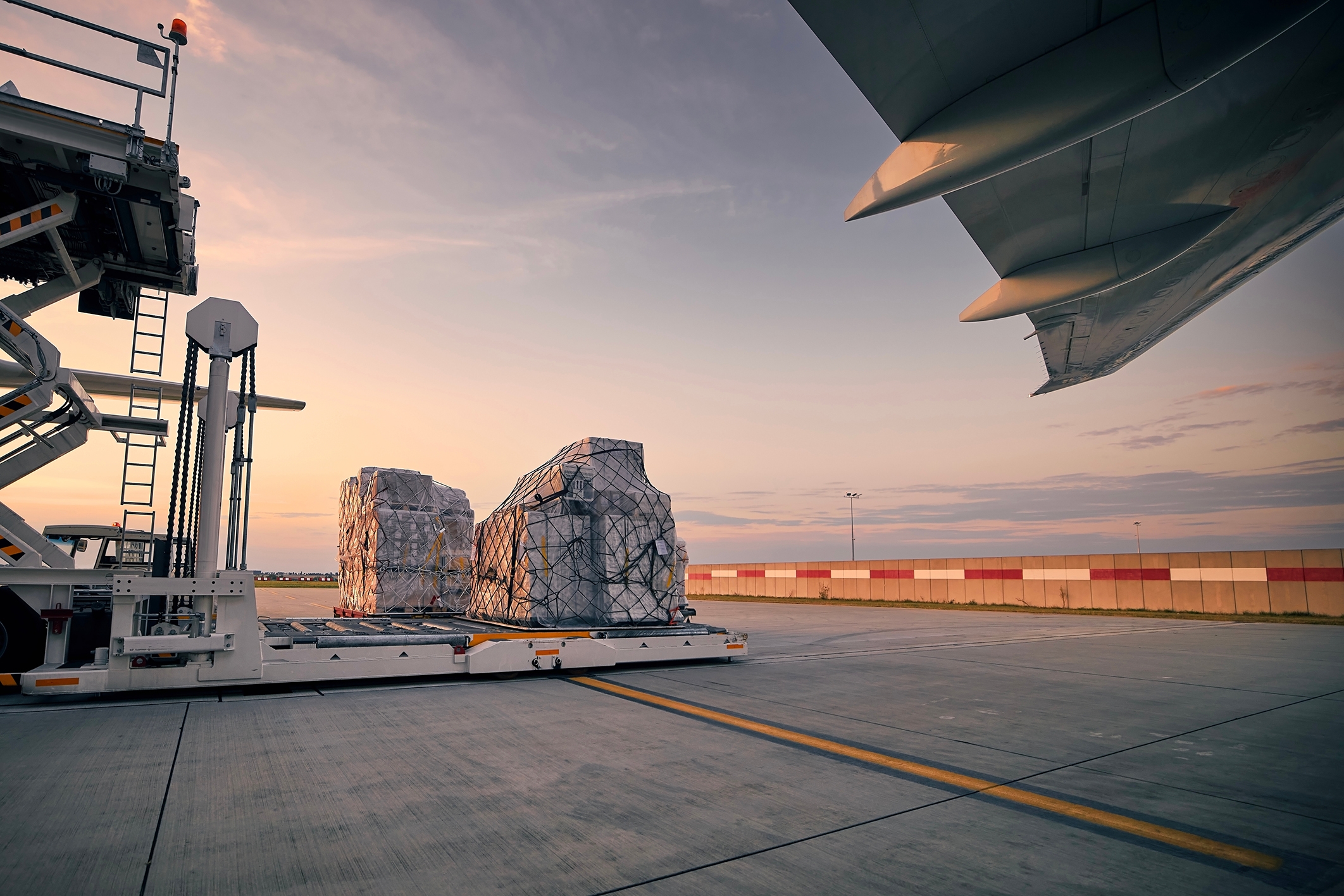Should the horse be insured?
Horses are shipped and/or standing at the transit-stable at owner´s risk and are supposed to be insured by the owner. It is also an option to arrange this insurance through Horses By Air ApS. An own insurance will also do. Please check if the above-mentioned risks are secured by your policy.
What kind of examinations must the horse have?
Depending on the country of destination the horses must be tested on certain diseases. Usually this happens by sending blood- and/or CEM-swaps to an approved laboratory for examination.
The most common are:
- Dourine
- Glanders
- Equine Infectious Anemia (=Coggins test).
- Equine Piroplasmosis (C-Elisa and `Complement Fixation Test`for Babesia Equi and Babesia Caballi).
A physical medical examination by an official veterinary inspector within 48 hours of departure is also compulsory. This is to confirm that the horse is fit and healthy enough for the journey.
Is there something special for mares and/or stallions ?
For most destinations mares and stallions must be tested for CEM. Within 30 days prior to export CEM-swaps are collected from the horse to be tested at an officially approved laboratory. Horses By Air ApS will provide the local veterinarian with the forms, so these will accompany the CEM-swaps to the laboratory. The original results must be attached with the health-certificate.
Should a horse be vaccinated ?
The usual vaccinations against influenza and tetanus are required. Certain destinations do also require treatment against internal- and external parasites prior within 14 days prior to export.
Must my horse go in quarantine ?
This depends of the country of final destination. Horses for example for the USA must at least go for 3-day quarantine upon arrival, where they will be tested on earlier mentioned diseases.
When these tests are negative the horse will be released. A gelding can then proceed to the final destination. Mares and stallions must be transported directly to a CEM-quarantine facility.
The CEM-quarantine for mares will be approx. 14 days and for stallions approx. 30 days. For other destinations such as Australia, South Korea, Japan & South Africa, a quarantine and/or isolation may be required before departure of the horses.
Which shipping documents should go with the horse ?
The documents that are to be shipped with the horse are:
- Original passport.
- Healt-certificate incl. any blood-test results.
- Marking diagram of the horse, signed by an official veterinarian.
- Transit-permit if required
- Import-permit if required
- Export-permit if required
Which things must I send with my horse for the journey ?
The horses must always be suited with a halter (preferably leather) and a rope of good quality. You can also put leg protectors on your horse, even though we do not recommend this, as they often do more harm than protection. Bandages and underbandages will not be accepted as the risk of not staying in place is too high. A prober tail protector can be a good thing. A max. of 2 blankets will be accepted. All other things (for example saddle, saddle-box, extra blankets etc.) can not go standard with the horses, and are supposed to be booked separately and well in advance. This items should be packed in solid boxes and for each box a detailed list must be made. We strongly recommend not to send all sorts of equipment with your horse (unless previously booked). These items usually are refused by the airline company or will be held up by the authorities. The risk of lost is also present.
What is the rough review of the cost ?
Because these costs strongly depend of the destination, we kindly ask you to contact our office for a quotation without obligation.
Can I choose entirely when I want the horse shipped ?
This is very much depending of the destination. Normally all quotes are based on the shipment of at least 3 horses at a time (can be from more senders) in order to offer the transport to the airport to a reasonable price and in order to fill up a stall (flightcontainer).
To destinations like e.g. New York we can always find a possibility for co-load, which means that we normally always will be able to ship your horse within a couple of weeks. For more infrequent destinations like e.g. Singapore you might have to wait a little longer, as we will need at least 3 horses booked to fill up a stall.
Is the entire and in particular the flying itself, stressing for the horse ?
This depends entirely of the horse. During the flight there are rarely problems. Most horses experience this as more comfortable than e.g a ride in a horsetrailer. Due to the monotonous sound on board from the engines and the wind, most horses are just dozing. When there are problems, this is mostly in the airport during the drive to or from the airplane and during take-off and landing.
Can flying cause injurious physical consequensces for the horse ?
For so far as known there are no lasting harmful physical consequences connected to the flying of horses. It is possible, that the horse can have some tiredness or a light fever after the flight, but usually they recover quickly.
Is the horse always anaesthetised for the flight?
No, normally horses will not be anaesthetised unless the sender warned us previously that the horse is – or has been a difficult traveller. As we normally do the transport to the airport in our own new OIH-truck, we already here will notice if any problem occurs. A tranquillizer will only be given when we – or the “flight-attendant” notice that the horse is getting nervous on the way.
How long before the flight should the horse be present at the airport?
The horse should arrive to the airport at least 4 hours prior to departure. In this way one can take enough time to load the horse into the stall and allow him to adjust to the noise and the smell. Also the horses are loaded to the airplane in time supervised by the flight-attendant. If problems occur it still leaves time to find a solution and in extreme cases, they can even take a horse off the flight.
This to guarantee the safety of other horses and/or passengers on board.
How long before the flight is the horse loaded to the airplane?
Usually as late as possibly but still in time to observe the reaction of the horse before departure.
How does the horse get on the plain?
The horses are loaded in a stall (container) either by using a load ramp or by walking straight into the stall on the ground and are then secured. After the horses are loaded in the stall, the stall is moved on “dollies” to the airplane. Arrived by the airplane the stall goes in the airplane by using a high-loader. In the airplane the stall goes further on a roll-system and is then secured.
How much space will the horse have in the stall?
The most common stalls – and as used by us – have the following measures: Length 3,18 m. x width 2,44 m. x height 2,44 m. (Length 125 inches x width 96 inches x height 96 inches). Most airlines use only fully closed “jet-stalls” nowadays. These have internal partitions, that can be adapted according to the space needed by the horses. Normally the horses are being loaded by three per stall, but you can also choose “First Class”, where only two horses share a stall (add. charges). In case of foals, they can travel 5 or 6 in a stall depending on age, breed and size.
What kind of airplane is used?
Depending of the destination and number of horses there are departures every week on regular flights or, when a number of horses are going, on charter flights. Mainly the horses are shipped with cargo flights or combi airplanes (cargo & passengers) The most common type of airplane used is the Boing 747-400 (Jumbo).
Can I go with the horse as an attendant?
On certain routes it is possible to send a capable groom with the horses.
How does the horse react on take-off?
This also depends from horse to horse, but normally it is a minor reaction. Certain horses can get a little nervous but are normally calm again very quickly.
Can a horse get air-sick and does his ears also hurt?
Like when travelling the horse by road it´s wise not to overfeed the horse prior to departure. During the flight the horse will be provided with hay and water only to keep his stomach in good condition.
Some horses do feel the changing atmospheric pressure in the ears. This will never be particulary painful in the big airplains.
What is the temperature in the airplane during the flight?
On board the temperature is adjusted to approx. 18* celsius. Within the stall the temperature is even a few degrees hotter, which provides a comfortable feeling for the horses.
Is the horse fed and watered during the flight?
The horses will have hay all the time during the flight and are also offered water on regular basis. The water is taken on board in the airport to make sure that it is the usual taste for the horses.
What if the horse will not drink or eat during the flight?
However some flights can be long, 12 hours without eating will not be too uncomfortable for horses, it is not really a problem. Long time without water should be watched so that the horse does not dehydrates. We suggest that the horse is given electrolytes the last week before departure. Flying at high heights can make horse´s legs (and fresh wounds) swell reasonably and become painful.
What is done to keep the horse calm during the flight?
This is depending from one horse to another. Most horses are just calm and relaxed, some are even sleeping. Sometimes the presence of the flight-attendant is enough. When needed the attendant can give the horse an anaesthesia.
Is it true that the horse is being put down during the flight in case of amuck?
Putting down a horse is the last and utmost emergency in case of a so-called “worst-case-scenario”. True, it can happen, but the chances are very little. This kind of situations are barely known, and we never had such kind of incident.
Is there a veterinary on board?
Normally not, but the horses are accompanied by professional “horse flight attendants” who are veterinary grounded and are also very experienced, when it comes to accompanying horses. In case of transport of a large number of horses, who are e.g. send on a charter flight, then a veterinary is sent on board in most cases.
Does the horse also have a jetlag?
The horse can indeed have a jetlag because if the time difference and because of the difference in daylight. The experience however tells us, that horses rehabilitate quickly.
Can the horse be transported directly after arrival?
Normally yes, providing that the local instructions are being followed. It is however our recommendation to let the horse rest as soon as possible, so he can easily recover from the journey.
What are the possibilities to transport the horse from the airport of arrival and to the final destination?
Depending of the wishes of the client, Horses By Air ApS can also organise the ground transport from the airport to the quarantine facility and/or to the final destination. Please do contact our office for further information.



